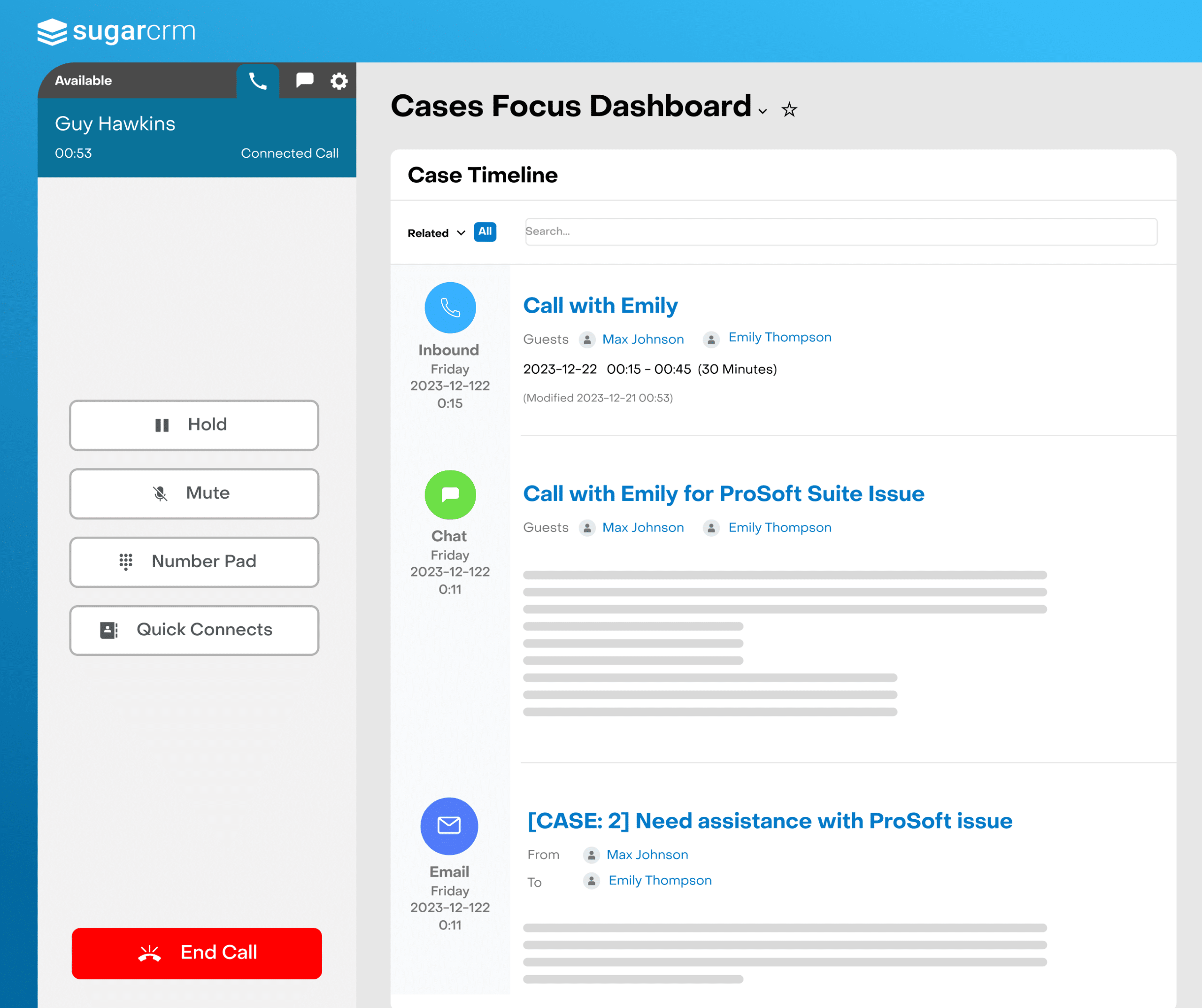When Inbound Marketing Isn’t Enough
How to supercharge your inbound marketing activities with a strong, complementary outbound marketing strategy
Does your marketing team have a blog? Undertake SEO efforts for that blog? Have active social media accounts? Host any webinars?
Inbound marketing activities like these have become commonplace in today’s digital world, and for good reason. We’ve reached a point where people no longer want to be sold to. Instead, they want to educate themselves and establish natural, trusting relationships with companies before they make a purchase. As a result, inbound marketing was born.
But in the race to master the latest must-have inbound marketing strategies, perhaps the pendulum has swung too far. Because as much as inbound marketing can drive results, it will only get you so far. To truly succeed with inbound marketing, you need to layer in some outbound marketing and devote your time to a strong strategy to power it all.
Inbound Marketing vs. Outbound Marketing: What’s the Difference?
As a quick background, let’s review the difference between inbound marketing and outbound marketing.
Inbound marketing includes efforts like blog posts, SEO, social media, and webinars. The idea is that these activities will “pull” people to your company by attracting them naturally as they go about their daily activities and do their own research.
Outbound marketing, on the other hand, includes efforts like advertisements, cold calls, and events. Whereas inbound marketing pulls people into your message, outbound marketing pushes that message to them.
We typically view outbound marketing as more “traditional” marketing that gets your company in front of people regardless of that audience’s level of interest. While that point of view is sometimes true, outbound marketing doesn’t always have to be a case of “spray and pray” with your message. In fact, when combined strategically with a strong inbound marketing approach, outbound marketing can actually make quite a difference.
When Inbound Marketing Makes Sense
To be clear, there’s a lot of value that a strong inbound marketing program alone can bring to the table.
Most notably, there are three benefits in particular that can come from introducing an inbound marketing program:
- Stronger brand awareness
- Improved thought leadership positioning
- Increased lead and opportunity generation
However, in today’s crowded online world, inbound marketing alone isn’t enough. That’s because, at a time when seemingly everyone is doing inbound marketing, channels like search and social media are becoming extremely noisy. And even with a stellar SEO and social media marketing strategy, it’s becoming increasingly difficult to cut through that noise (in large part because a lot of companies out there are also doing these things well).
When and How to Add Outbound Marketing to the Mix
How do you know when inbound marketing isn’t enough on its own? The truth, is most marketers need to give their inbound marketing a boost because the online world has become too crowded for inbound alone to make the impact that it once did.
That said, some clear signs that you need to diversify your marketing efforts include:
- Increasing competition for top keyword placement on search engines
- Plateaued growth in social media engagement after months of steady increases
- Growing activity in industry publications about your business’ area of expertise
While there are many factors that can contribute to the points above, an increase in strong inbound marketing activity in your space from your business and others is among the top contributors. When that happens, you may need to give your ideal prospects a nudge in the right direction by getting in front of them with some good old fashioned outbound marketing—but with a modern a twist.
Once you recognize the need to bring some outbound marketing back into the fold, you should do so in a way that complements your inbound marketing efforts. Two of the best places to start include:
Events
Finding new prospects at an event is an activity that feels natural but falls squarely in the outbound marketing camp. Whether you have a booth at an industry event or are hosting a small gathering of your own, events are a good way to get in front of customers and cut through the noise of the online world.
From an outbound perspective, your presence at the event, including what your company booth looks like and how you’re talking to attendees is extremely important.
But now that we live in an inbound marketing world, what you do after the event is equally as important. Namely, you can’t just hope that attendees will interact with you after the event is over—you have to make it happen. You can do so by collecting contact information for the attendees that interact with your company and using that information to engage with them after the event. For example, you might add them to a nurture campaign, invite them to future events or encourage them to attend your webinars so that they continue to keep your business top of mind and begin to engage with you on their own terms.
Inside Sales (aka Sales/Business/Market Development)
Inside sales (or sales/business/market development depending on your company), is another great outbound tactic that complements inbound activities. Inside sales reps take on the traditional outbound marketing activity of cold calling, but they do so in a more strategic way that dovetails with inbound marketing.
Typically, inside sales reps build lists of qualified prospects that they find through researching online and then engage with those prospects through activities like cold calling and emailing. In this sense, they are taking on outbound marketing activities because they are pushing your company’s message to these people.
However, you can marry this inside sales approach with your inbound marketing activities by (a) making sure that your inside sales reps are only reaching out to a very specific, highly qualified group of people and (b) having your inside sales reps engage with those people in targeted and educational ways by sharing content you’ve already created for inbound activities. To make this outreach feel as natural as possible and help it support your inbound marketing, you should also have your inside sales teams coordinate their outreach and the content they share based on your buyer personas.
The Most Important Component of Inbound & Outbound Marketing: A Solid Strategy
Finally, regardless of what you’re doing from an inbound and/or outbound perspective, the most important piece of the puzzle is a strong strategy to drive it all.
When you’re doing inbound marketing—and even more so when you’re trying to marry inbound and outbound marketing seamlessly as described here—you must always develop a strategy to drive your efforts. That strategy needs to be focused on the goals you want to achieve and how you plan to achieve them so that you have a clear map for what you will actually execute.
In order for you to reach those goals, you need to be able to execute your strategy without getting too caught up in the technology behind it. Because at the end of the day, if you’re too caught up in the everyday workings of your technology, then that’s less time you can devote to honing your inbound marketing activities by creating compelling content, shoring up your SEO, etc. and dovetailing those efforts with strong outbound marketing activities.


